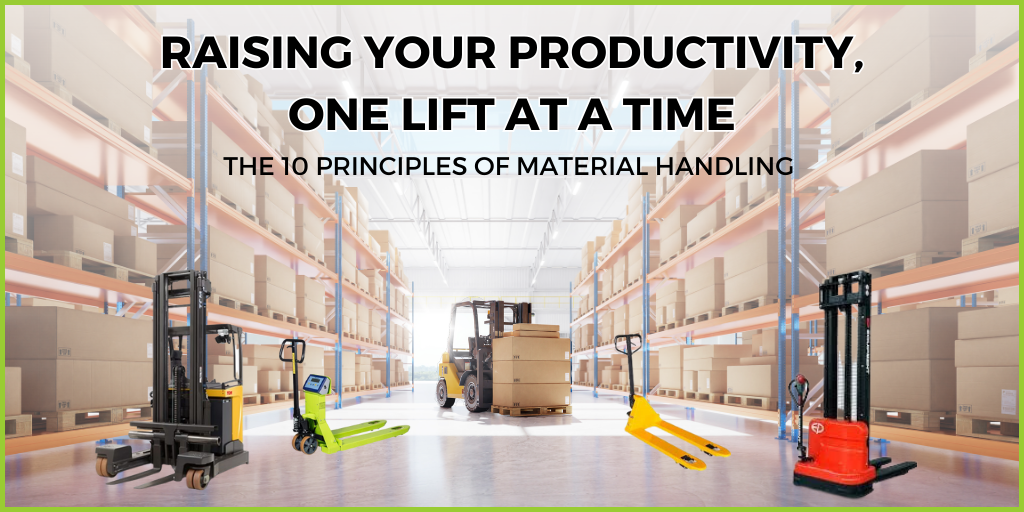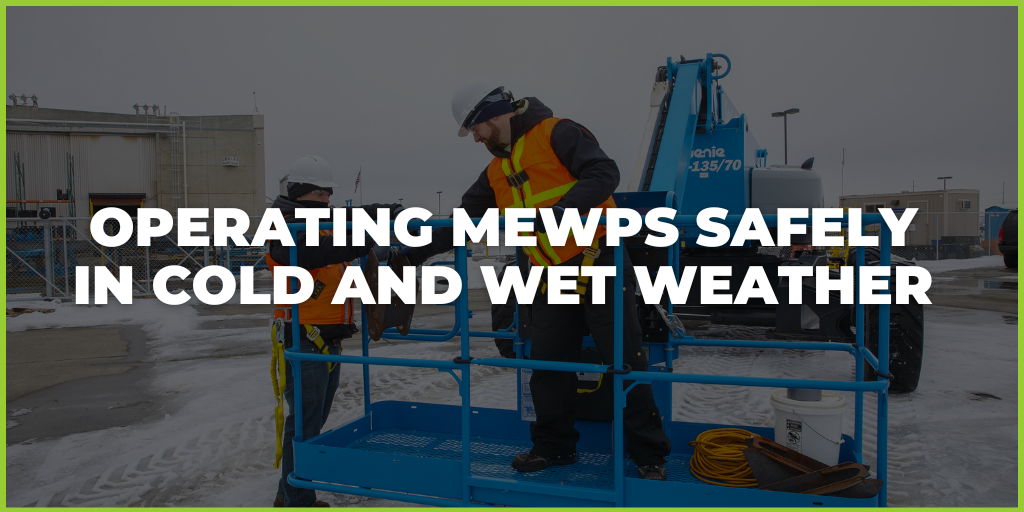What is materials handling?
Material handling refers to the process of transporting materials and goods from one place to another. This involves safely storing, retrieving, and shipping materials from manufacturing to distribution.
10 Key Principles of Material Handling
The principles of material handling consist of ten rules which aim to establish a safer and more efficient system for operations, leading to improved customer service and increased profitability.
1. Planning:
Whether you are moving materials through a warehouse or across a factory site, a well-executed plan is the key to success.
To ensure a smooth operation all materials handling equipment should be designed because of a deliberate plan that defines your needs, performance objectives and functional specification of the proposed methods from the outset.
It is important to involve a team approach. Communicating with individuals from project managers, head of operations, operators, and finance department, to confidently have a thought-out plan that considers all perspectives of the organisation.
2. Standardisation:
To achieve overall performance objectives while maintaining flexibility and modularity for future requirements, it is important to standardise material handling methods, equipment, controls, and software. This should be done without compromising flexibility, modularity, and throughput. This will help businesses reduce errors, improve safety, and increase efficiency.
3. Work:
Understanding the nature of the work being done and the materials being handled is critical to designing an effective materials handling system.
This involves minimising the amount of work required while maintaining productivity and meeting the necessary service level for the operation. This can be achieved through methods such as utilising gravity to aid in product manipulation or straight-line movement, while respecting consideration of safety and the potential for product damage. It is important to reduce, combine, shorten, or eliminate any unnecessary movements that may hinder productivity in the material handling process.
4. Ergonomics
It is crucial to consider human capabilities and limitations when designing material handling equipment to ensure workers can handle the work.
To ensure the safety and comfort of workers, it is important to operate equipment in a way that prevents repetitive strain injuries caused by manual labour. Your facility should be adjusted to promote safety and reduce strenuous labour, supporting the abilities of workers.
5. Unit load
The principle of unit load involves consolidating multiple individual items into a larger single unit, which makes transportation and handling more convenient. By using equipment of the appropriate size to handle a load, you can obtain several benefits, including increased efficiency and productivity by reducing handling time and effort. It also helps minimise the risk of damage to items during transportation, which avoids additional costs.
Reducing the number of times that items need to be handled can significantly decrease the risk of injuries to workers and improve their safety in the workplace.
6. Space Utilisation
By maximising the space in your facility and maintaining tidy work areas free of clutter, you can optimise your warehouse layout using the proper storage solutions and making innovative use of vertical space. This will maximise your storage capacity, improve operational efficiency, and reduce additional storage costs.
7. System
The materials handling system involves all aspects of your supply chain, including receiving, inspection, storage, production, packaging, assembly, unitising, order selection, shipping, transportation and returns. Integration of these elements is crucial in reducing inventory levels to better meet the needs of your customers.
8. Environment
When designing or selecting alternative equipment and material handling systems, it is important to consider their environmental impact and energy consumption.
Factors including reusability, recycling processes and safe practices for handling hazardous materials all should be considered when designing or selecting alternative equipment and material handling systems.
Increasing your organisation's awareness of sustainability will help predict and eliminate the possible negative effects our daily actions have on the environment.
9. Automation
By implementing mechanised or automated processes to manage materials handling equipment, operations can become more efficient and consistent while reducing costs. This can also increase staff productivity and well-being, as well as minimise the risk of accidents and potential legal issues.
10. Life cycle cost
It is important to conduct a life cycle cost analysis to accurately assess the costs of using equipment in a material handling system. This analysis should consider factors such as the initial capital investment, installation and set-up expenses, programming costs, training fees, maintenance fees, repair costs, and eventual disposal costs.
Considering these factors, you can choose the most cost-effective option for your material handling needs. With a complete breakdown of these expenses, you can avoid expensive repairs and prolong the lifespan of your equipment, saving you money in the long term.
Conclusion
If you need any material handling or access equipment, you can count on Height Lift & Shift to provide the best solutions. By calling 0113 524 1018 or emailing us at sales@hls.co, our sales team is available to assist you. We specialise in material handling and working at height and are committed to meeting all your handling needs.
Material handling institute source: https://www.mhi.org/downloads/learning/cicmhe/guidelines/10_principles.pdf




